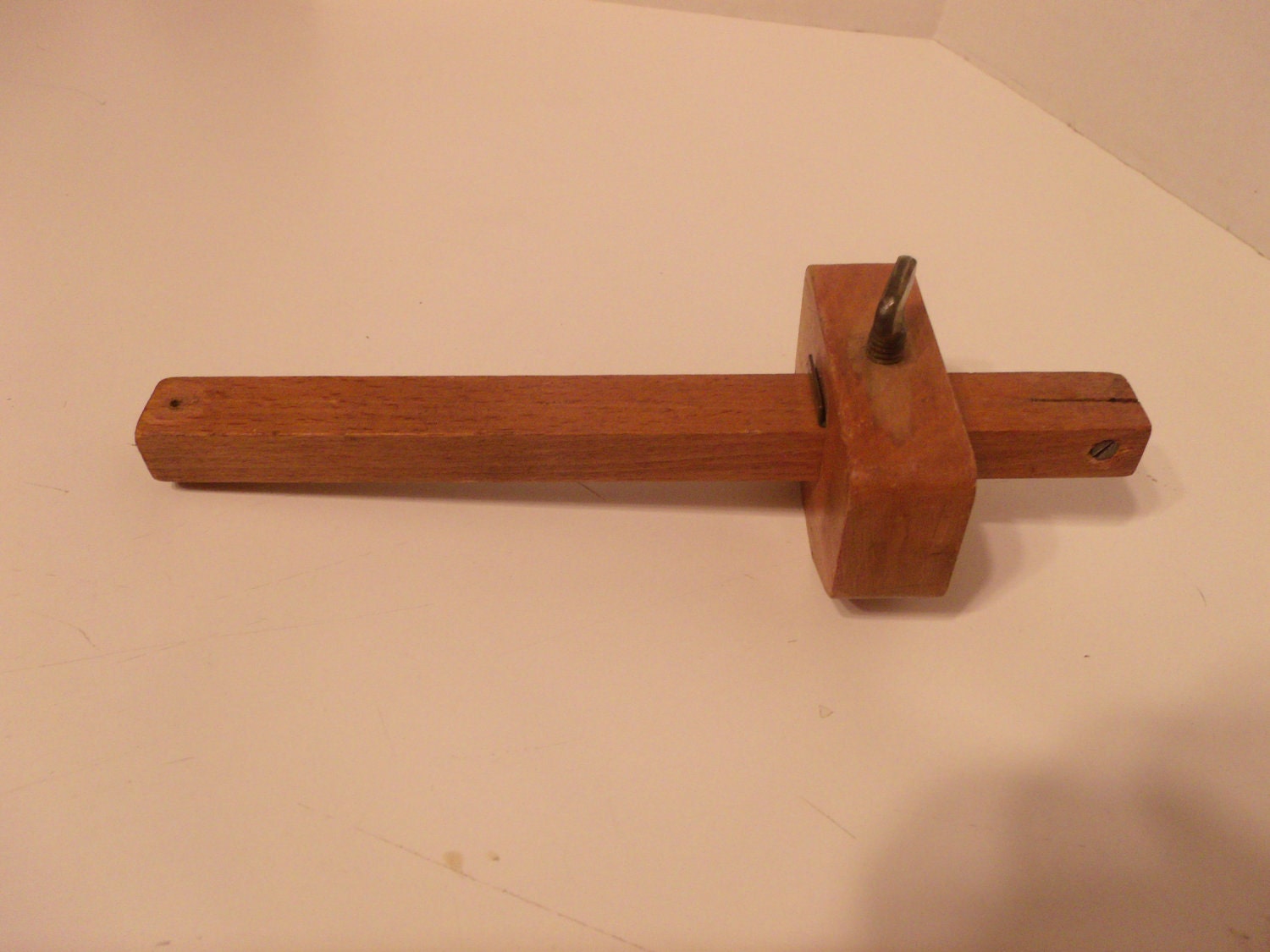
Rosewood gauges are also used, which have a dark color scheme ranging from deep reds, browns to purples. On the other hand, the plastic version is not as sturdy as wood and lacks the weight that aids in guiding the tool across the workpiece. The major benefit of this tool is that it is less expensive than wooden models, which is beneficial if you need it for one project or occasional use. There are marking gauges with a plastic body also. Since maple is a North American hardwood, it is not as easily available in the UK as beech hence maple gauges may be significantly more expensive to mark out. The hue of beech wood is lighter than maple, but the components are otherwise quite comparable.

Because of these characteristics, these woods are frequently utilized in tool manufacturing. The following wood or material is commonly used for the foundation of marking gauges: Maple and beech marking gaugesīeech and maple, both hardwoods, are the most commonly utilized woods because they are robust and can endure many wear and strain. There still are, although, marking gauges constructed from various materials. Marking gauges are often constructed of wood. What Is the Common Material Used in Marking Gauges? Although they have been much more of a collector’s item in recent times, so depending on the area, they could be impossible to obtain. Old marking gauges might also function well with a little adjustment if you don’t want to buy a new one. Consistently re-measuring and adjusting your gauge reduces the tool’s usability and raises the chances of making a mistake. Why? Because after you have set a marking gauge to accomplish a certain task for your piece, you’ll want to maintain it there until you are done. One standard marking gauge and one mortising gauge are the absolute minima. We suggest keeping at least two (and as many as five) marking gauges at your workbench if you want to get more serious about working with hand tools. Obviously, an extremely digital marking gauge may set you back more than $120, but for woodworking, a modest $10 one would suffice. Although power tool-focused builders may be able to get by without one, it is still a valuable asset to any toolbox. You must have at least one marking gauge if you want to undertake any sort of carpentry using hand tools. Wheel marking gauges are more costly, but they cut exceptionally clear lines since the smooth metal slides across almost any surface with ease. They have a circular cutting edge that gives them a cutting gauge-like finish. A wheel marking gaugeĪ wheel marking gauge, which employs a metal rod and ring, is a modern design. Cutting gauges for mortising is also obtainable. These provide cleaner cuts with practically no tear-out, but they are generally more costly and more difficult to operate. A cutting gaugeĪ cutting gauge is a marking gauge that uses a knife instead of a pin. For such a low expense, a single combination marking gauge covers such a wide range of joinery tasks that you have no reason not to have one. They are simple, inexpensive, long-lasting, and simple to locate.


Traditional marking gauges use a pin to score the surface of your workpiece. This guide will cover three different marking gauges: traditional marking gauges, cutting gauges, and wheel marking gauges. What Are the Different Types of Marking Gauges Available in the Market? However, if you are a newbie or trying it for the first time, the following tips from Matt Estlea will be a huge timesaver.

If you are a woodworker, you will probably be well aware of the technicalities involved in using the marking gauge. So, we’d like to assist you in determining which marking gauges are the most cost-effective. On the market, there are just too many poor marking gauges. And because woodworking gauges are so crucial in making your joints fit properly, you’ll want to get them right. When setting out your furniture joints, marking gauges are utilized to draw exact reference lines.


 0 kommentar(er)
0 kommentar(er)
